Facial Nerve Tumor
Devil facial tumour disease (DFTD) is an aggressive non-viral clonally transmissible cancer which affects Tasmanian devils, a marsupial native to Australia. DFTD was first described in 1996.
Michigan Ear Institute has been at the forefront in developing treatment modalities for facial nerve dysfunction including Bell’s palsy and traumatic facial nerve paralysis.
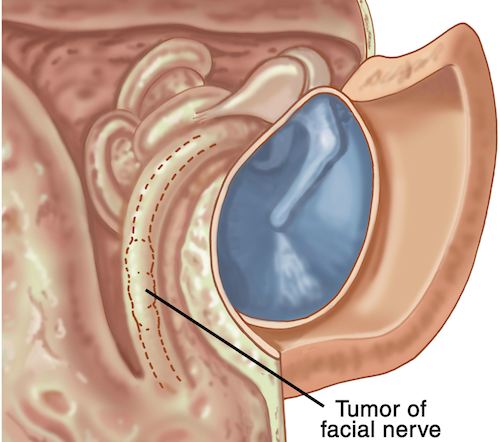

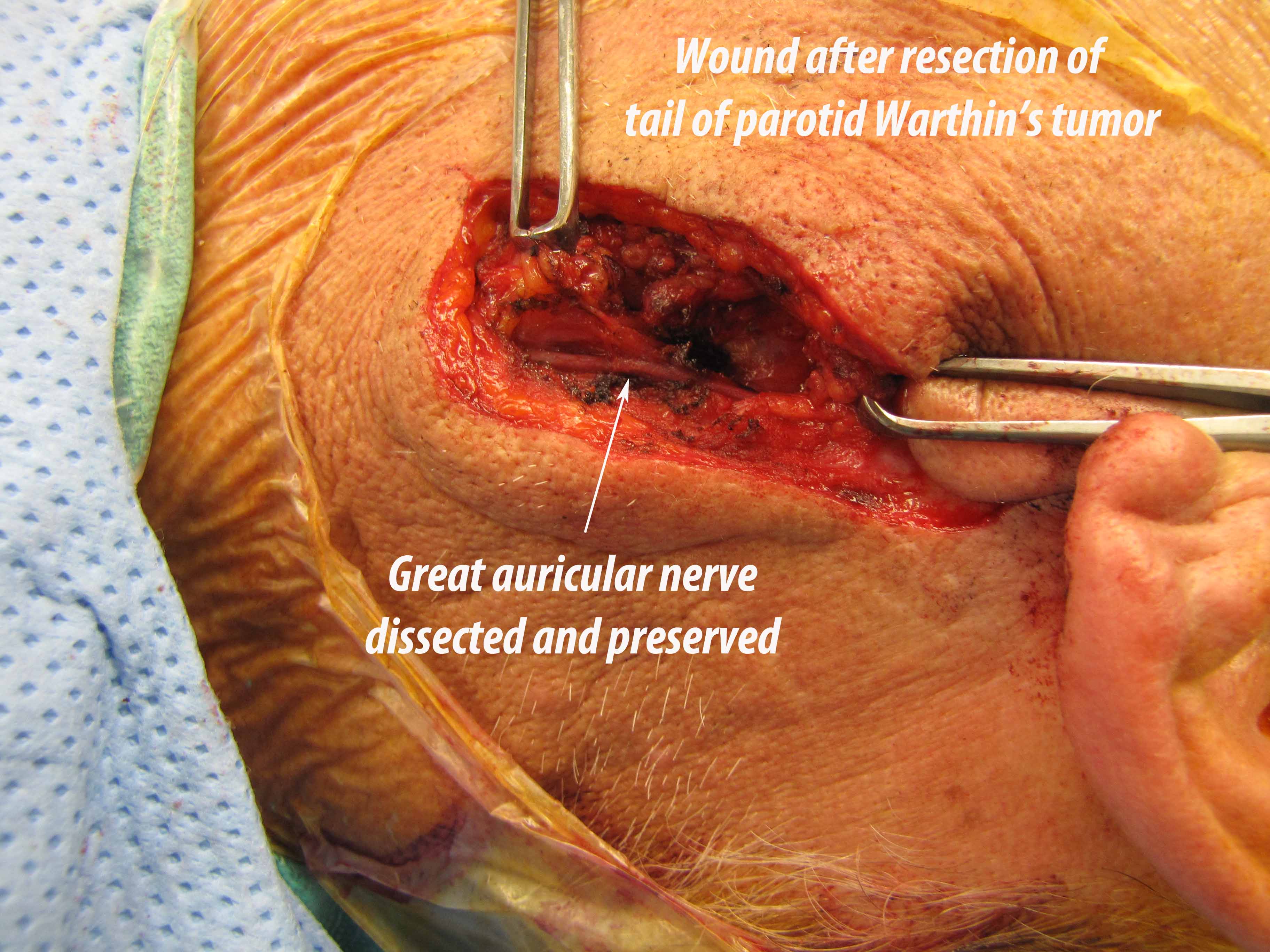
Mar 07, 2016 · Because speech, mastication, and expression of moods and emotions are based on the ability to move facial musculature—be it voluntary or involuntary—successful treatment of facial nerve paralysis is a vital concern.
Facial Nerve Disorders – Paralysis and Bell’s Palsy. Face injuries and disorders can cause pain and affect how you look. In severe cases, they can affect sight, speech, breathing and your ability to swallow.
Introduction. Bilateral facial nerve palsy (FNP) is a rare condition, representing less than 2% of all cases of FNP. Majority of these patients have underlying medical conditions, ranging from neurologic, infectious, neoplastic, traumatic, or metabolic disorders.


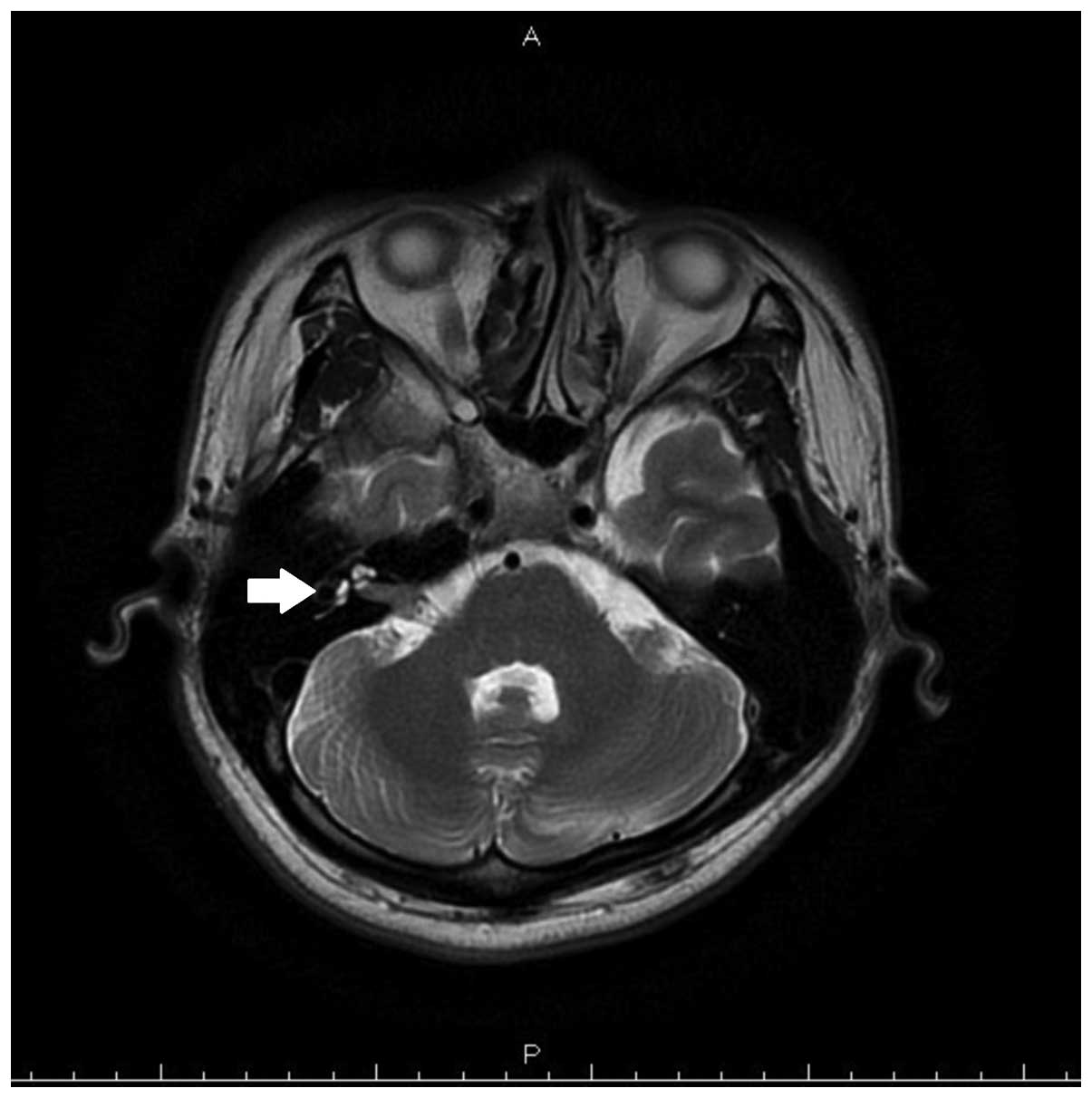
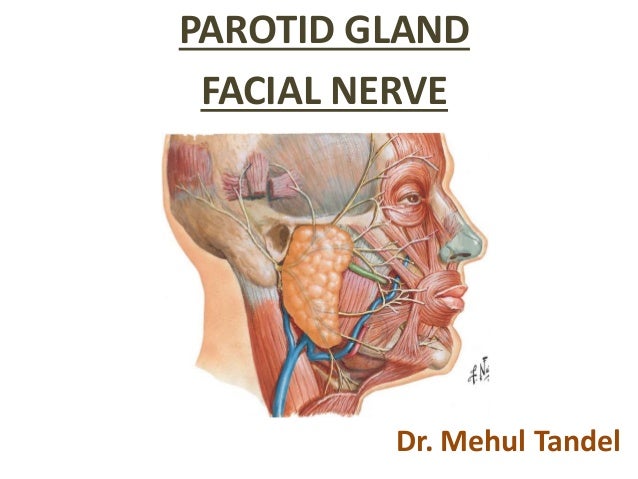
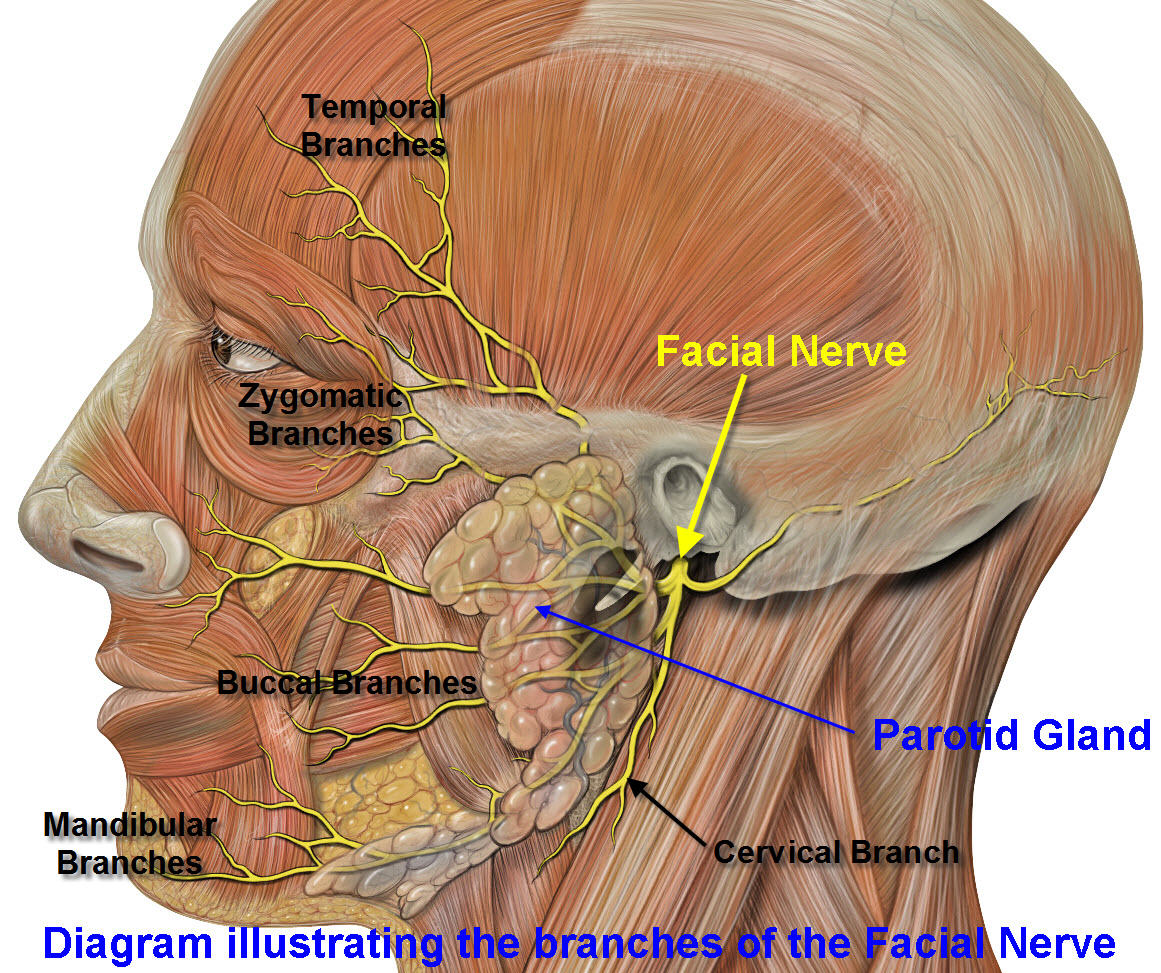
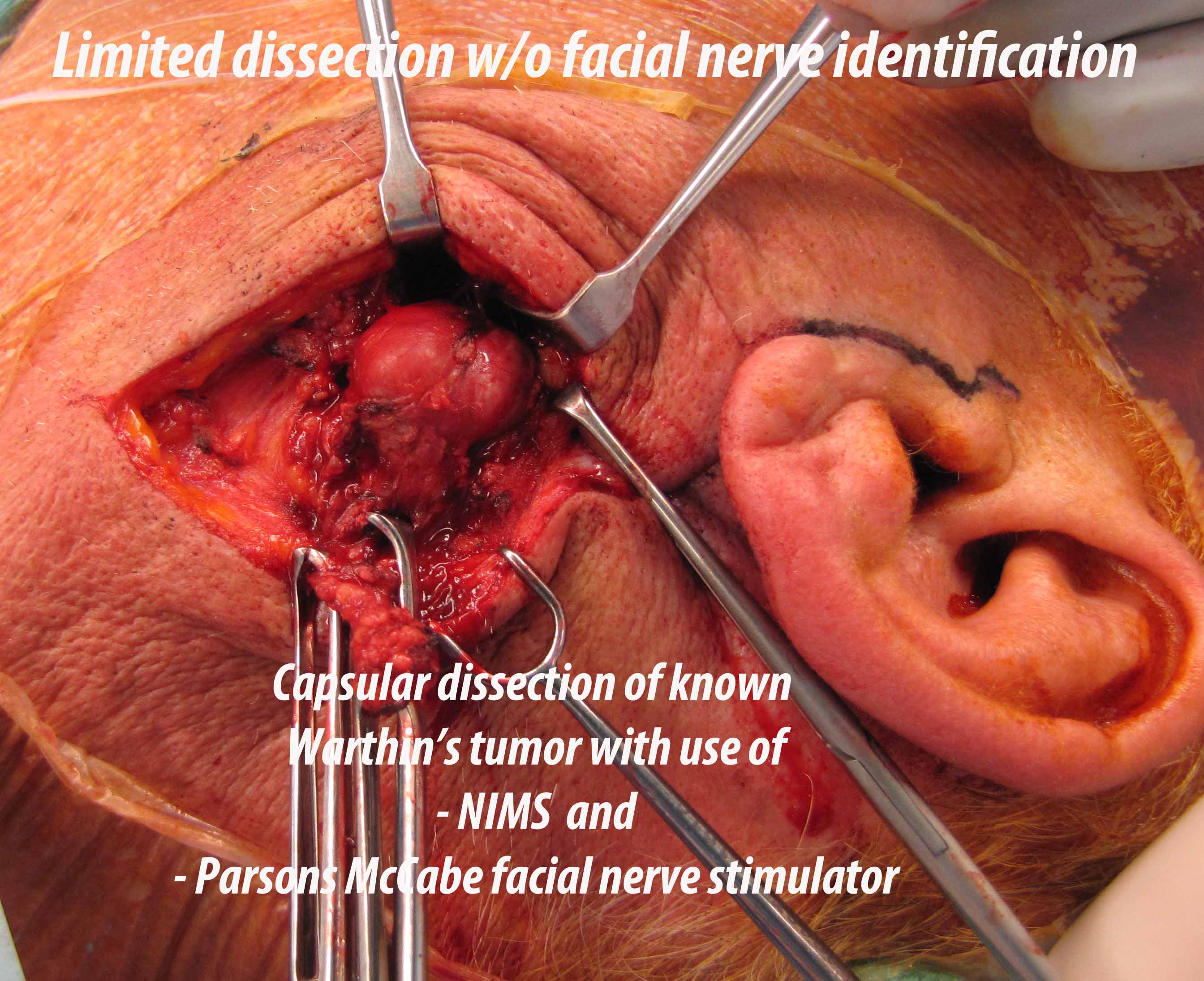
Facial nerve paralysis is a common problem that involves the paralysis of any structures innervated by the facial nerve.The pathway of the facial nerve is long and relatively convoluted, and so there are a number of causes that may result in facial nerve paralysis.
Schwannoma is a benign tumor of the nerve of hearing (the 8th cranial nerve, also known as the acoustic or vestibulocochlear nerve). Location
Facial nerve damage would typically mean any kind of impairment to the functioning of this nerve, no matter what the causes. Treatment of facial nerve …

Asymmetry of facial expression is common with unilateral lesions of the facial nucleus or nerve in most species. Bilateral facial paralysis may be more difficult to recognize, but affected s drool and have a dull facial expression. Complete facial paralysis is an inability to move the eyelids
Facial Nerve Palsy – Etiology, pathophysiology, symptoms, signs, diagnosis & prognosis from the Merck Manuals – Medical Professional Version.